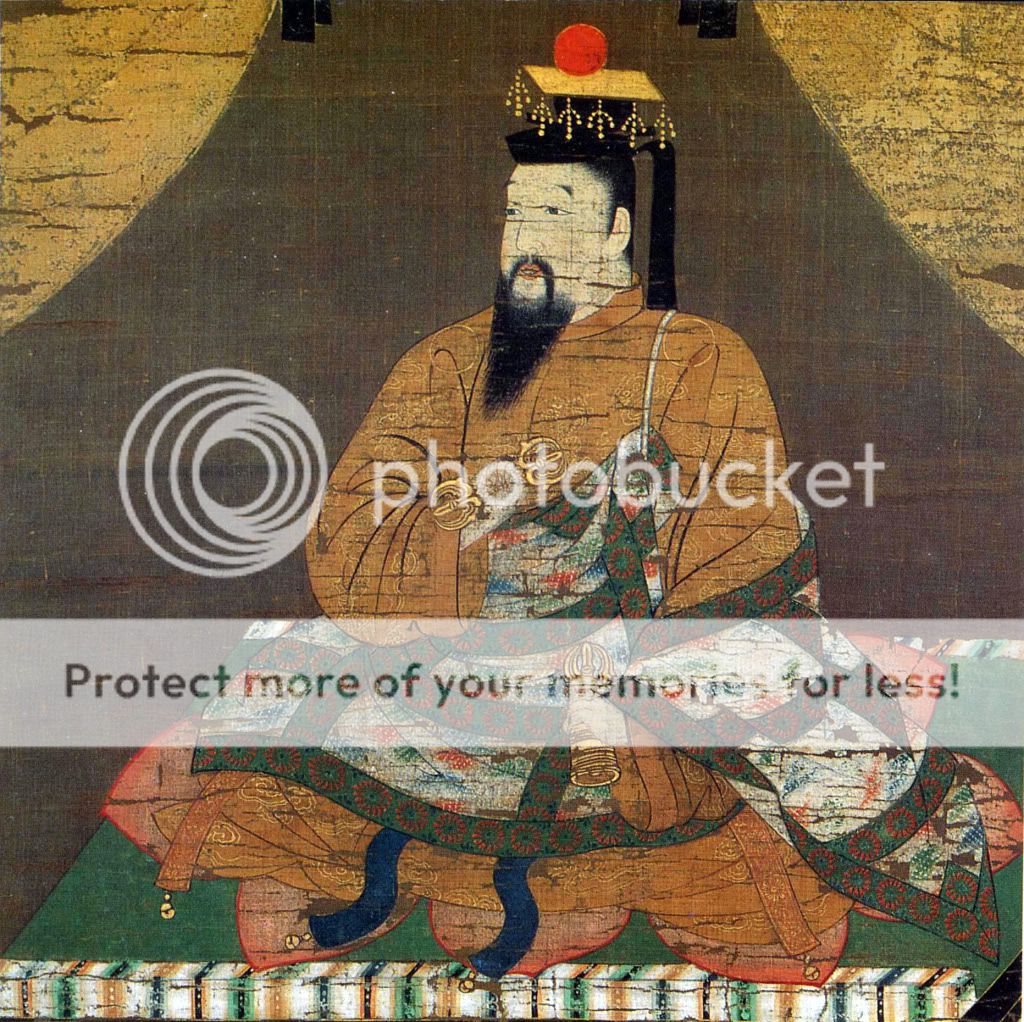By Cole Garrett (Vanderbilt University)
There are many different ways of telling time and numbering the years across cultures. Most of us are familiar with the Christian or Western system for numbering the year, split between B.C. and A.D. with the coming of Christ as the major turning point in the history of the human race.
As an Asian enthusiast, I often find myself reminding people that things that are considered as basic as the numbering of years are not universal, but change from culture to culture. Of course, each counting method is very specific and changes depending on that culture’s history.
While the West marked its calendar with a single turning point stemming from the coming of God to the earth. Eastern cultures such as Japan measure their years by marking the coming and going of their own gods, the emperor. In Japan, the numbering of the year is dependent upon the current reigning emperor. This practice, while sometimes inconsistent throughout history, was standardized during the reign of Emperor Mutsuhito (more commonly known as Emperor Meiji) in 1868, beginning the Meiji-era. Each Emperor of Japan has a given name and a posthumous name that he is known as only after he has died. This stems from a common funereal practice of giving those who have died a new name so as to avoid them being summoned from the dead or coming back to haunt the living.
While the emperor does have a given name, such as the well known Emperor Hirohito who reigned during the Second World War, few Japanese use the Emperor’s name in referring to him, considering it disrespectful. They instead refer to him as Tennou Heika (His Majesty the Emperor). It is only after his death that Emperor Hirohito began to be called by his posthumous name: Emperor Showa. However the years in Japan were measured with his posthumous name since the day he ascended the throne in 1929, beginning with Showa Gannen (The first year of Showa) until his death in Showa 64 (1989).
While the emperor of Japan hasn’t had any real political power since the end of World War II, respect for the Emperor still remains and he continues to reign as a symbol of the Japanese people and the years are still measured in terms of his reign. Japan currently uses both western numbering and their own imperial numbering, imperial numbering is used in official documents and on Japanese calendars. Last January, we welcomed the year 2009 in the west, the Japanese rang in the year Heisei 21, or more officially, the 21st year in the reign of His Majesty the Emperor Heisei.
Further Reading
Year Converter: http://www.allcalendars.net/JapaneseYearConverter.php
National Diet Library, Japan: http://www.ndl.go.jp/koyomi/e/

